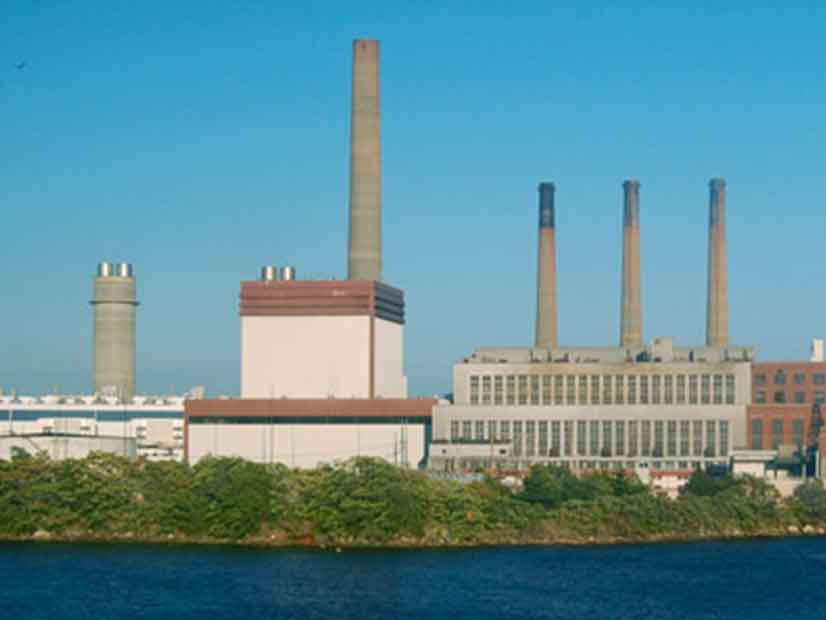
FERC on Thursday voted 3-1 to reduce the base return on equity for Exelon’s (NASDAQ:EXC) Mystic Generating Station as part of its reliability-must-run agreement with ISO-NE following requests for rehearing by Connecticut regulators and plant owner Exelon (ER18-1639-010).
The decision, issued during the commission’s monthly open meeting, lowers the ROE to 9.19% from the 9.33% in set in an order in July. Exelon must submit a compliance filing within 30 days revising the agreement that begins on June 1, 2022. (See FERC Sets ROE for Exelon’s Mystic Plant at 9.33%.)
ISO-NE and Exelon in 2018 reached an agreement to continue operating Mystic, and recover associated costs, past a previously sought retirement date of May 31, 2022, into 2024.
In their rehearing request, Connecticut regulators — the Public Utilities Regulatory Authority, Department of Energy and Environmental Protection and Office of Consumer Counsel — said FERC did not correctly apply a “natural break analysis” to results from the discounted cash flow (DCF) model used to determine the ROE rate.
When determining an ROE using the DCF model, FERC uses a proxy group of companies for comparison. A natural break analysis determines whether certain companies in the group screened as outliers, or those almost screened as outliers, truly represent outliers and thus should be removed.
The Connecticut agencies argued that Otter Tail Power should not have been included in the proxy group for Exelon, as its DCF result was far too high: 147 basis points over that of the next highest company in the group. FERC agreed, removing Otter Tail from the group, lowering the DCF calculation and, thus, lowering the resulting ROE.
FERC noted, however, that “while the 147-basis-point gap represents a natural break between potential proxy group companies here, that same gap or even a larger one may not represent a natural break that warrants exclusion of a company in a future case.”
Commissioner James Danly wrote in a concurrence that he remains “concerned” with the continued exclusion of Avangrid from the proxy group as in the previous order, though it was not enough to warrant a dissent. As in July’s order, Danly argued that FERC’s current ROE methodology, “like its predecessors, is too complicated and threatens to cause great uncertainty going forward.”
“The inevitable consequence will be the chilling of investment in transmission development,” Danly wrote. “I would likely not have voted in favor of our revised ROE methodology had it come before me in the first instance, but I also have not seen the kind of evidence that would be necessary to justify jettisoning it for yet another revised methodology.”
In her dissent, Commissioner Allison Clements reiterated her opinion from the July order, from which she also dissented. She argued that FERC’s current ROE policy “applies a flawed methodology that does not adequately protect consumers and does not yield just and reasonable rates.” She said that while the order addresses the ROE portion of cost-based compensation to keep the Mystic online for two additional years, “our ROE policy extends to all cost-based rates within our jurisdiction, including transmission rates.”
Clements added that the grid will require tremendous investment in transmission, which “can ultimately be a net win for consumers.” However, Clements said, consumers are dependent on the commission’s “rigorous scrutiny of the rates charged for transmission service, of which ROE is a central component.” She worries that FERC’s ROE policy does not meet “this core consumer protection responsibility.”
“Smart transmission investment not only enhances reliability and resilience, but it unlocks low-cost power supply, allows more efficient use of existing infrastructure, and minimizes the cost of meeting changing customer demand and public policies,” Clements wrote.

